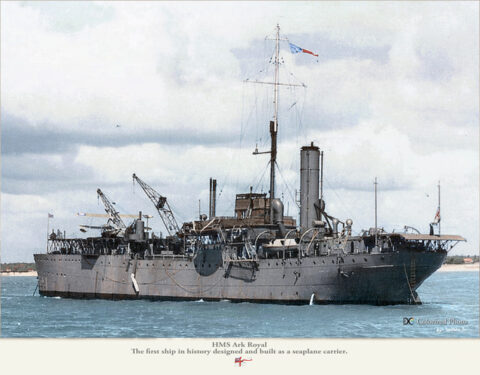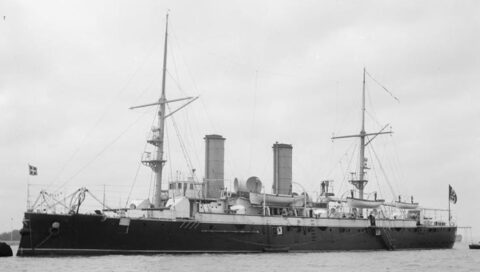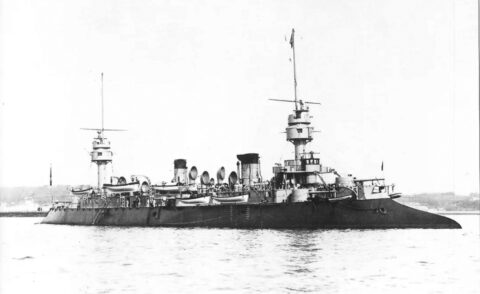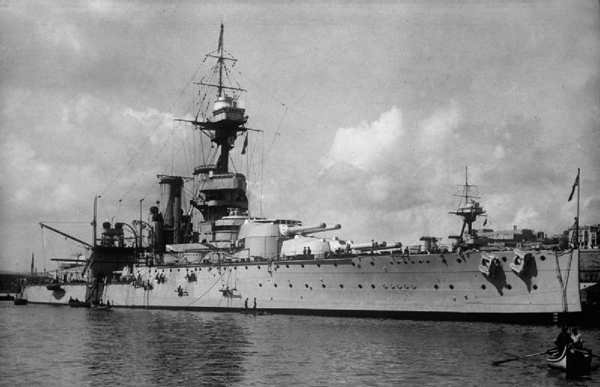Category: ww1 warships
HMS Ark Royal (1914)
United Kingdom (1914) – Seaplane Carrier History’s first purpose-built seaplane carrier HMS Ark Royal is a famous name, as it…
Protected Cruiser Unebi (1886)
Protected Cruiser Unebi (1886) Nihhon Kaigun – Imperial Japanese Navy Unebi, the mystery cruiser: In 1883, Japan was still reeling…
WW1 French Submarines
WW1 French Submarines About 80 submersibles 1865-1919 Introduction As a matter of fact, submarines like aviation had many fathers. Although…
Umbria class cruisers (1891)
Umbria class cruisers (1891) Italy (1891-98) – Umbria, Lombardia, Etruria, Liguria, Elba, Puglia The “Regionali” class, first Italian-designed protected cruisers…
Formidable class battleships (1898)
United Kingdom (1898) Formidable, Irresistible, Implacable, London, Bulwark, Venerable, Queen, Prince of Wales. The improved Canopus This “superclass” of eight…
Armoured Cruiser Dupuy de Lôme (1890)
France (1890) – Armoured Cruiser The cruiser Dupuy de Lôme was not only the first French armoured cruiser, but also…
King George V-class battleship (1911)
United Kingdom (1911) King George V, Centurion, Ajax, Audacious If the King George V class battleships are generally assumed to…
Monmouth class Armoured Cruisers (1901)
United Kingdom (1899-1906), 10 armoured cruisers: Monmouth, Bedford, Essex, Kent, Berwick, Cornwall, Cumberland, Donegal, Lancaster, Suffolk. The other County Class…
Shikishima class battleships (1898)
Shikishima class battleships (1898) Japan (1898) – Shikishima, Hatsuse The Fuji improved: The Shikishima and Hatsuse were built in two…
WW1 French Destroyers
WW1 French Destroyers France (1899-1918), about 90 destroyers Foreworld After having turned hundreds of torpedo boats in two decades under…





 dbodesign
dbodesign